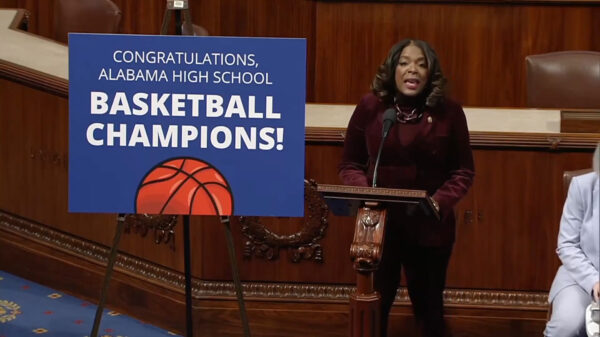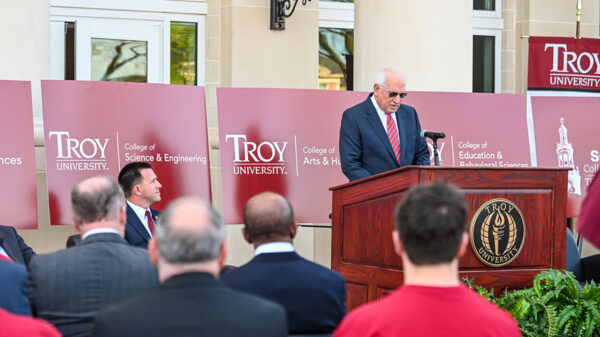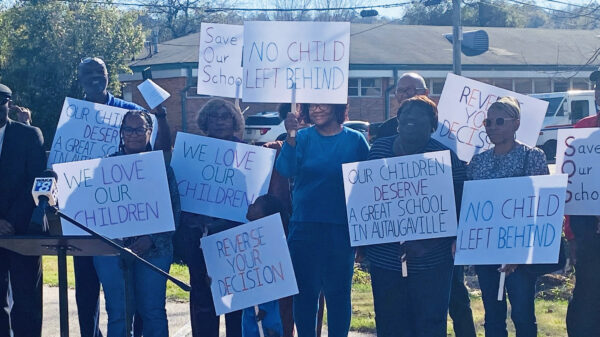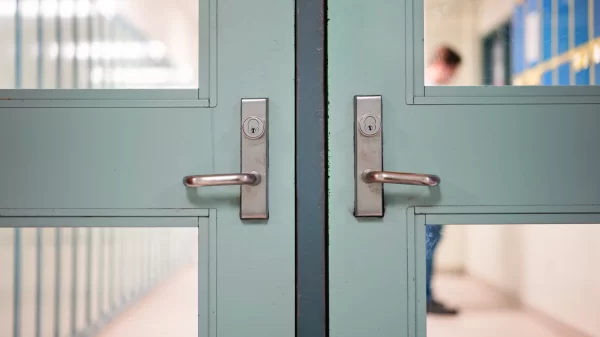|
Getting your Trinity Audio player ready...
|
Alabama’s public school enrollment is down slightly for the 2023-2024 school year, with a decline in the number of white students enrolled, partially offset by a growing enrollment of Hispanic students. Just over half of public school students, 51 percent, are white; 32 percent are Black, and 11 percent are Hispanic.
This year’s enrollment continues a long-term trend. In 2000, 62 percent of students were white, and the percentage of Hispanic students barely registered.
The percentage of students identified as economically disadvantaged is at an all-time high, with 60 percent of enrolled students directly qualifying for a free lunch under the National School Lunch program. Qualification is based on having a household income that qualifies for federal benefits like housing, food, or health care support.
The percentage of children identified rose substantially after Alabama’s Medicaid program began working with the Department of Education to identify students who qualified for Medicaid and related benefits. Coming out of the Covid pandemic, the number of families and children is elevated. Federal law prohibits states from removing patients from Medicaid rolls during a public health emergency. With the public health emergency now over, Medicaid is reassessing which households remain eligible.
The school systems seeing enrollment gains are generally found in places where the population is growing: north Alabama systems in and around Huntsville and to the south in Baldwin County. Growth in enrollment is also occurring at public charter schools that are starting up or adding grades. School systems offering online or virtual school programs have also shown gains.
Rural systems saw the largest declines in percentage terms. Large county and city systems in Mobile, Montgomery, Shelby County, and Birmingham accounted for the larger numeric declines in enrollment.






















































